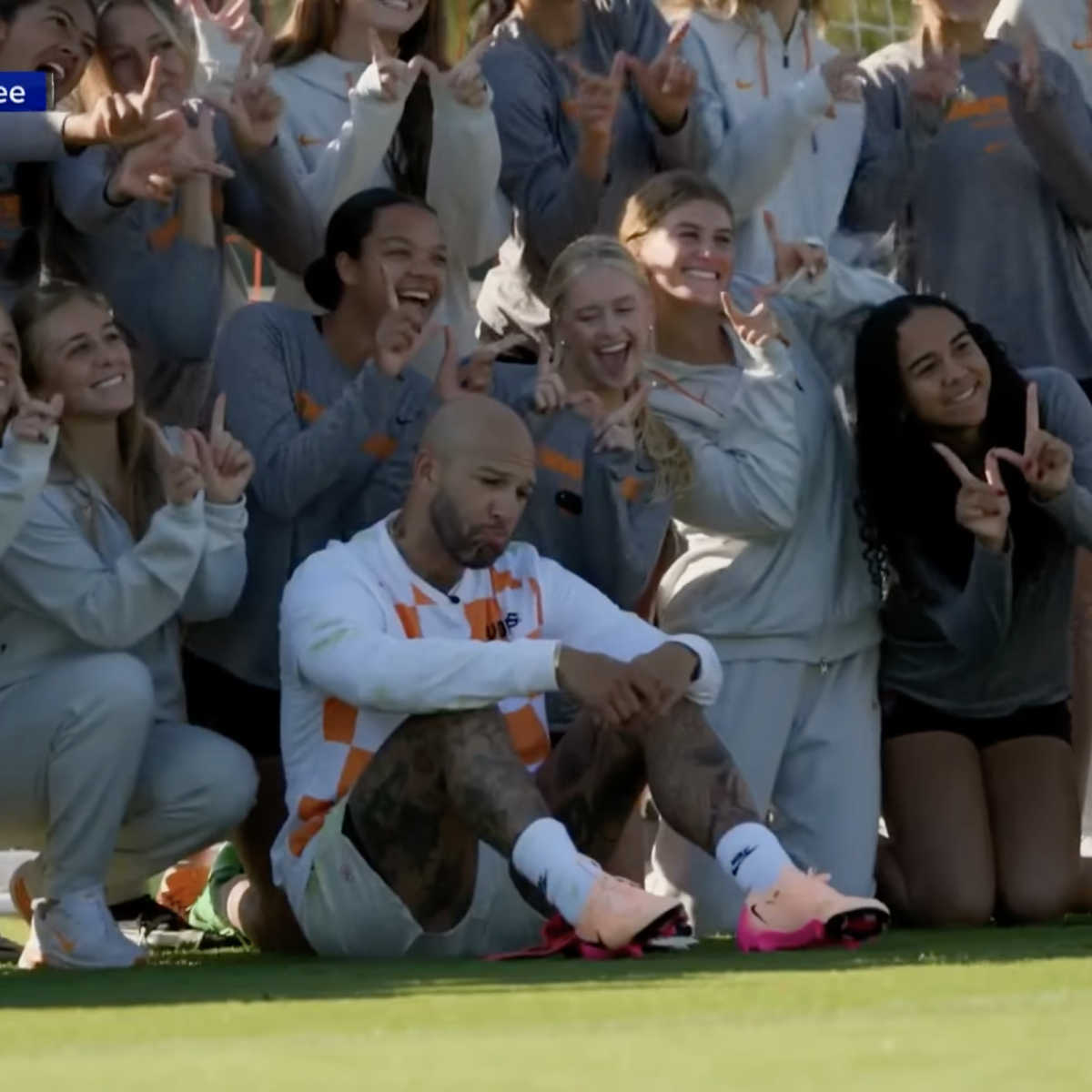Anyone paying half a lick of attention to U.S. Soccer knows that the United States Women's National Team is more successful than the United States Men's National Team. And not just by a little...by a lot.
Case in point, since 1930 (when the USMNT placed a miraculous 3rd in the inaugural World Cup) the U.S. men's team hasn't come closer to winning a FIFA World Cup than the quarterfinals in 2002 - and along the way experienced a drought of biblical proportions, not even qualifying for a World Cup tournament for the 40-year stretch between 1950 and 1990. (Incidentally, 1950 is the same year that a ragtag band of U.S. players - mill workers, school teachers and even a hearse-driver-turned-bulletproof-keeper - shocked tournament-favorites England in the Group Stage in an upset that went down in history as the "Miracle On Grass.")
The United States Women's National Team has fared a tad better. Since the introduction of the FIFA Women's World Cup in 1991, the USWNT has become the most successful women's soccer team in the world, bar none, winning two World Cup titles and taking one 2nd place and three 3rd place finishes to boot. Literally.
Again this year, the United States Women's National Team is considered one of the favorites to win the World Cup trophy. And, while the popularity of the USMNT may be at an all-time high coming out of the 2014 World Cup - in the 28 days before the U.S. lost to Belgium, over 36 million Americans, or 11% of population, engaged with the World Cup online - we're certainly a long way from seeing the U.S. men as true contenders for the trophy.
So why have the United States Women been so much more successful than the United States Men? Let us count the reasons (or, at least, some of them):
#1 - History Is Against The USMNT (And For The USWNT)
Most of the countries that have been good in men's soccer have been good for a long time. Brazil, Germany, Argentina and others have been competitive in the sport for years. It's just in the last few years that the U.S. Men's Team has returned to a state you might call somewhat competitive. If you're being generous.
Taking a step back, it's actually pretty clear what has happened to the U.S. men. After a respectable showing in the 1930 World Cup, the entire U.S. soccer program (and development system) appears to have taken a long nap. In "Soccernomics," economist Stefan Szymanski and journalist co-author Simon Kuper examine how many international matches the United States has played compared to European and South American futbol giants. Recapping the argument for FiveThirtyEight Sports, Neil Paine points out that while the USMNT have played only 618 international matches in history, Brazil, Argentina and England have all played more than 900. That's 300 additional matches or, if we assume the average length of an international match to be 90 minutes of regulation play plus an additional 5 minutes of stoppage time, almost 500 hours of invaluable, on-the-pitch playing time. In short, the gap in playing time between the USMNT and the best teams in the world is dramatic.
This same disparity simply doesn't exist on the women's side of the game. In fact, the opposite is likely true, as many countries like Brazil with dominent men's programs restricted women from playing soccer until relatively recently (for instance, from 1941 to 1979 women in Brazil were, in fact, banned from playing). So, since 1991 when the FIFA Women's World Cup was introduced, the USWNT has (at worst) stood on equal footing to all other women's national teams and (at best) taken advantage of historical attitudes towards women's sports in the United States versus other countries.
#2 - The Sports Landscape In The U.S. Favors Soccer For Women, Not For Men
To put it bluntly, until very recently soccer for men was viewed as the sport you played before you played "real sports" like (American) football, baseball or basketball. The United States has a historically xenophobic view of sports invented outside our own borders and, in this context, it's no surprise that American football and baseball have dominated the scene for so long for men. While the United States continues to rank #1 in the world for youth soccer participation (with over 30% of households containing someone who plays), this participation has traditionally dropped off dramatically once boys enter their middle- and high-school years. While this trend may be reversing as fewer American boys participate in American football due to risk of tramautic brain injury, it won't be an overnight shift.
On the other side, women's soccer has consistently grown in the United States - especially at the high-school and college levels where player development truly kicks into high gear. In fact, at the collegiate level, women's soccer grew more than any other sport between 1977-2012.
Pair this with the fact that, over the past 25 years, talented female up-and-comers in the United States have seen role models like Mia Hamm and Brandi Chastian winning gold at the Olympics and taking home trophies at World Cup tournaments, and you have a recipe for continued dominance on the women's side of the game in the United States. After all, who doesn't remember this moment?
That one PK alone may have launched the careers of a whole generation of female soccer stars.
#3 - The NWSL Is The "Premier League" Of Women's Soccer
While, on the men's side of the game, international leagues like the English Premier League and La Liga in Spain are unarguably where the top talent plays, on the women's side things look much different.
In fact, when you look at the talent that plays in the United States' domestic professional league, it could be argued that the National Women's Soccer League is very much like the Premier League of women's soccer. You could even go so far as to argue, given the presence of top women's players like Abby Wambach, Alex Morgan and Sydney Leroux, that the NWSL today is a little like the Premier League and La Liga combined. Just don't tell Marta Vieira we said so.
So, what can be done for the men to catch up with the woman? Some think that the key is bringing in more international players and coaches. Personally, this writer thinks U.S. Men's Soccer needs to take a page out of the U.S. Gymnastics Olympic handbook.
Béla Károlyi, who once coached a Romanian team including Nadia Comăneci to a gold medal in gymnastics, was in hot demand once he defected to America. He helped make gold medal winners out of Mary Lou Retton, Kerri Strug and the 1996 U.S. Olympic Gymnastics Team. Clearly, with the hire of Jurgen Klinsmann as the coach of the U.S. men, United States Soccer is already headed down this path.
In the meantime, American fans should sit back and enjoy watching the undisputed rulers of U.S. Soccer, the United States Women's National team, as they do their thing in the run up to World Cup 2015.




